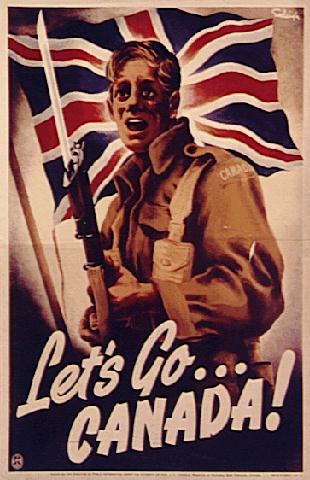On the morning of October 24th, the memorable colour ceremony took place. The Colour Party, the Four Guards and the whole colourful ceremony will long be remembered by those who were there. After presenting the Colours, Her Majesty addressed the Battalion as follows:
I am very glad of the opportunity of being with you again. Your fine bearing on Parade today shows you have fully maintained the high standard of efficiency you displayed when I visited you eighteen months ago.
I know that to many of you these months of waiting have seemed very long, and that your thoughts must often have turned to your homes, and to your wives and families whom you have left in Canada. I know too how much your dear ones must be praying for you, and how they are thinking with pride of the part that you have been called upon to play in guarding these shores. I know you will remember that the defence of this Island is vital no less to those whom you love than to the cause for which you are fighting.
The Colours which I now present to you bear on them the names of battles your Regiment fought with honour a quarter a century ago.
Colours are no longer carried in the field, but they still stand for ideals which have always been sacred to soldiers - pride in their Regiment, devotion to a just cause, readiness to sacrifice self interest to the service of others.
It is in the knowledge that these ideals are shared by you all that I place these symbols of your belief in your hands today. I am confident that they are in safe keeping and I pray that God may bless and protect you all."
For the ensuing year and a half the Battalion remained in the costal areas except for exercises or short periods of special training such as the Machine Gun Concentration in Wales and BRICK training in Scotland.
The winter and spring of 1941-42 was notable for strenuous battle drill and commando training insisted upon by General Montgomery, G.O.C. in C., South Eastern Command. It is safe to say that seldom in actual operations of the future was the going as tough as it was in this period of training. This hardening culminated in the long-remembered "Exercise Tiger" when every machine gunner thanked his stars that he was not in the infantry.
In January ans March 1942 a number of officers, warrant officers and N.C.O.'s returned to Canada for a tour of instructional duty. Quite a number were unable to get back to the unit before it left for Sicily and some never did get back.
